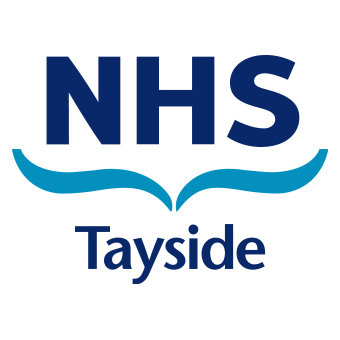Whole body CT (WBCT) has assumed a pivotal position in trauma management. UK trauma is typically described as “blunt and blind” i.e. blunt trauma leading to injury patterns that are often occult and impossible to accurately characterise by clinical examination and plain radiographs.
NHS Tayside has recently been identified as one of 4 sites to be developed as Scottish Major Trauma Centres. Current key performance indicators for the Scottish Trauma Network and STAG Quality Indicators include CT within 60 minutes of arrival in ED for the following patient groups:
- severe head injury
- signs of shock and abdominal injury AIS greater than or equal to 3
- Thoracic injury AIS greater than or equal to 2
Provision of a written CT report within 1 hour is an additional identified key performance indicator in patients with severe head injury.
In order to deliver care in line with these standards, clear agreed process to guide appropriate and timely CT requesting, delivery and reporting is required.
WBCT is crucial to the diagnosis and management in particular of haemodynamically unstable patients without a clinically clear cut diagnosis – it is this challenging group that has the greatest potential to benefit from a system that delivers a quick and safe passage to the CT room, if necessary with resuscitation ongoing.
